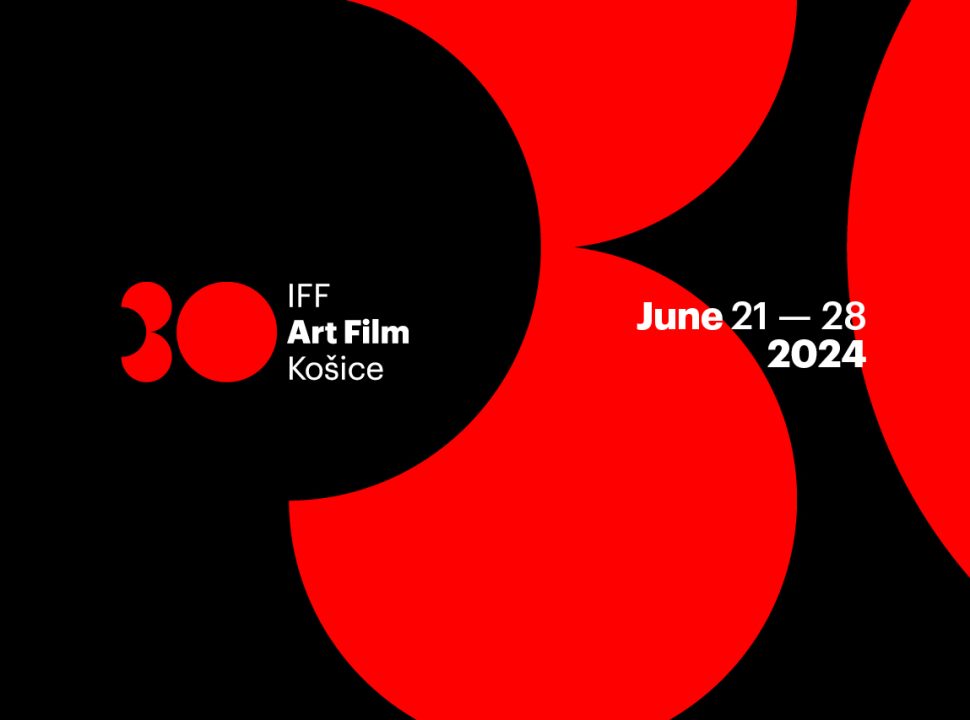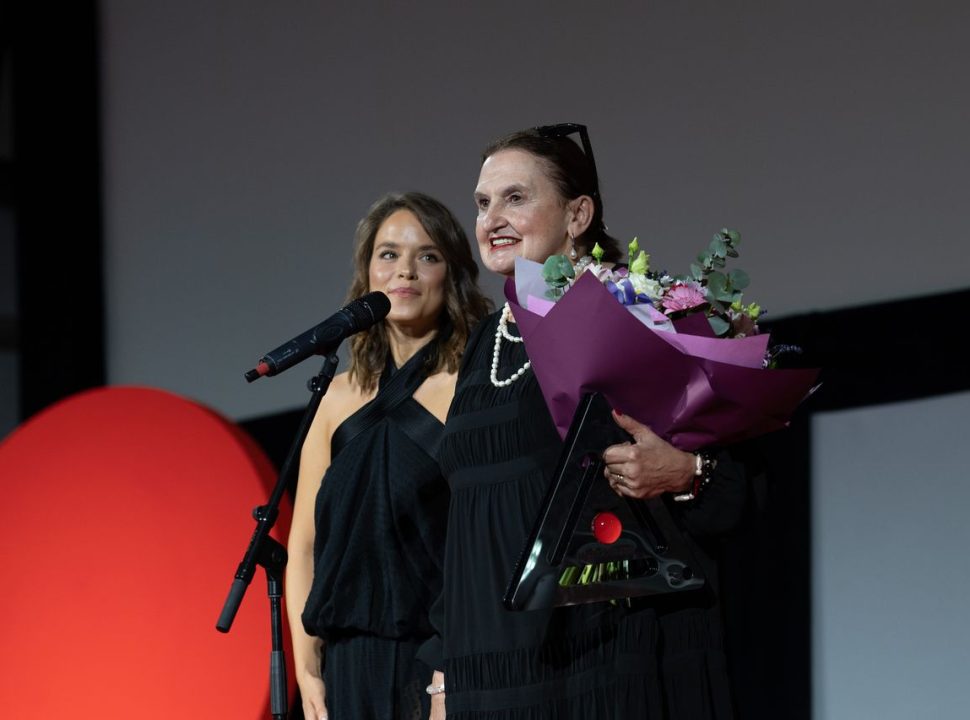While you’ve shot a great number of films, your cinematographic work is particularly associated with Štefan Uher, with whom you’ve created the most pictures. What was this mutual understanding based on, and how did you influenced each other? First I should point out that it was I who realized all of Uher’s films. From his first film Učiteľka (The Teacher), to his last film Skanzen (Curator of Outdoor Museum), which were collaborations with other directors. I’m not sure whether it was my luck or his. We never expected to meet. We always went from film to film, it was always the first and last project, and both of us were completely free. When one is a cinematographer or director, the most important thing is the final product, which either brings people together or divides them. I was lucky that in our case, it brought us together. After Slnko v sieti (Sun in a Net), I made Organ, then Three Daughters. I enjoyed it, because every project came from a completely different place in terms of its script and themes. With every film I had the feeling that our collaboration had only just begun. Some may think that work with the same director is simple, that you become a well-oiled machine. At the same time it must be equally demanding to constantly search for new avenues and new means of expression, to make every one of your joint efforts something special. How well did you manage to achieve that? That’s a good question. When a film is being made and thought out, this shouldn’t be done by a single person. It’s better to conjure up ideas as a pair. It’s easier to open your mind, because when one thinks up something, the other can always said that it’s nonsense. When we are two, we either make nonsense or we do serious work. Did you always somehow reach an agreement? We always agreed, but division of labour was important, which is what I liked about it. Individual takes and scenes weren’t shot in chronological order; we made them according to the production plan. The director had to keep the dramatic arc in mind. He had to understand the actor’s development. But I always focused on the creation of images. I had Uher’s trust, and I enjoyed that. I always knew what we were going to do. I set up the camera, prepared the take and flashed on the lights, and I loved when it was all ready and I could tell him to look into the camera. At the beginning he supervised me, but then we built up such mutual trust that it was enough for him to see the final product. At that time, cooperation was very difficult for me because I had an assistant, but Uher wanted me to do everything myself. I was the film’s first viewer. When I didn’t like something, the assistants wanted to re-do the take. But for technical reasons we couldn’t allow that. We had to more or less shoot with our fingers crossed. I think we had a lovely partnership and that makes me happy. But you’ve also worked with other directors… A cinematographer has to adapt to each director. Their way of thinking, their moral code, and their visual conceptions. There’s no way around it. Uher and I were very close. Martin Hollý, for example, had a different view of actors’ performances and a larger-scale idea of the story. And Barabáš was something else altogether. I could talk about each one of them… I had the energy, power and ability to adapt, to give rise to the specific creative atmosphere that each required. A cinematographer can stand on his head, but the director has to feel like he’s done everything himself. In the end, he’s the one who has to answer for it. You never had any conflicts? There were conflicts, but they weren’t rooted in us as people. Conflicts are created by environment, weather, fatigue. Collaborators aren’t always on the same wavelength. Has a director ever told you that you’ve done a bad take? No one has ever told me that I’ve done something badly. We filmmakers have it hard, because if someone doesn’t like my work, they won’t approach me ever again. It’s an unwritten rule. And for the directors I’ve worked with, you can’t allow even a whiff of such problems, because then you’re banking on something else altogether. Which of your films is your favourite? I’m not a “watcher” of my own films. But now when I was working on digitizing them, I had to watch them, and I even took a liking to them. I say to myself: My god, you made this? This masterpiece? And that makes me happy. The film Organ is a visual tour de force. The cinematography is brilliant. Did it take long for you to find the proper visual approach to this film? You describe it so beautifully – I don’t think I could say it any better. I believe that Organ was the first wide-screen Slovak film, and we composed it painstakingly, as we thought it was a world-class innovation. But that aesthetic and the desire to shoot wide-screen films subsequently vanished. In your pictures, you like to use slow camera movements, panning shots and panoramas, through which you create a montage within a single shot. In the film Miraculous Virgin, you beautifully captured a railway station lobby which becomes a sacred place. The cruciform cupolas evoke a cathedral, and you transform the train-station benches into church pews… Miraculous Virgin is something astonishing, my dream factory. It came close to surrealism. The story wasn’t clear-cut; it was more based on feelings. We attempted to recast the setting and situation we ended up with into a form that went beyond reality. To connect the imagined and the real, to search for a feasible link between the two. I screened the film in Uherské Hradiště, and around six hundred people came, a full house. No one walked out except one lady. And even she came back from the lavatory after a bit [laughs]. I think the people were in a very good mood. As I watched them, I felt that they lacked feeling. Miraculous Virgin opened their minds to the fantastic, and all at once they could create a space in their minds and embark on their own voyages. They were able to free their imaginations. Surrealism doesn’t provide a clear answer. Whether you accept it depends on your current state of mind and how you choose to view the world around you. It is very much dependent on the people who perceive it. They have to have a certain cultural literacy. It’s like with fine art. Some like realistic paintings, some like more complicated ones, and others prefer free painting. When I came to Prague as a student, I was very inhibited, but when I began visiting galleries, I somehow loosened up. And I understood that this has to be somehow developed in a person. What do you enjoy doing? Do you have hobbies outside of film and school? I like fine art, my artist friends, visiting their studios… And do you yourself paint? I haven’t quite arrived at painting yet [laughs]. And I don’t think I ever will. But I envy my friends who aren’t painters, but are so at peace with themselves that they can still just sit down and paint a picture. You have received numerous awards for your work. Does this award in Trenčianske Teplice have a particular significance for you? I do know that you attend our festival regularly; what about it attracts you? I love coming to Trenčianske Teplice, because I feel good here. I have filmmaker colleagues here who I’m very close to, and the place itself it is dear to my heart, even in terms of its geology; I feel at home here. And about the award… It gives me satisfaction. When you fill your whole life with work, you later gain a feeling of contentment, that it wasn’t all for naught. And the awards are always decided by experts. Sometimes I also see it as their business card [laughs]. It’s like in school: When there’s a bad student, then I can’t be sure whether he himself is bad or if it’s actually me, his teacher. Nina Šilanová



